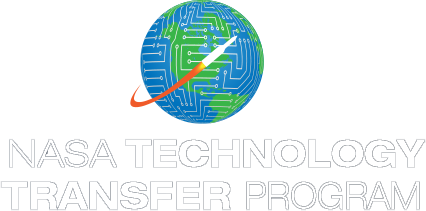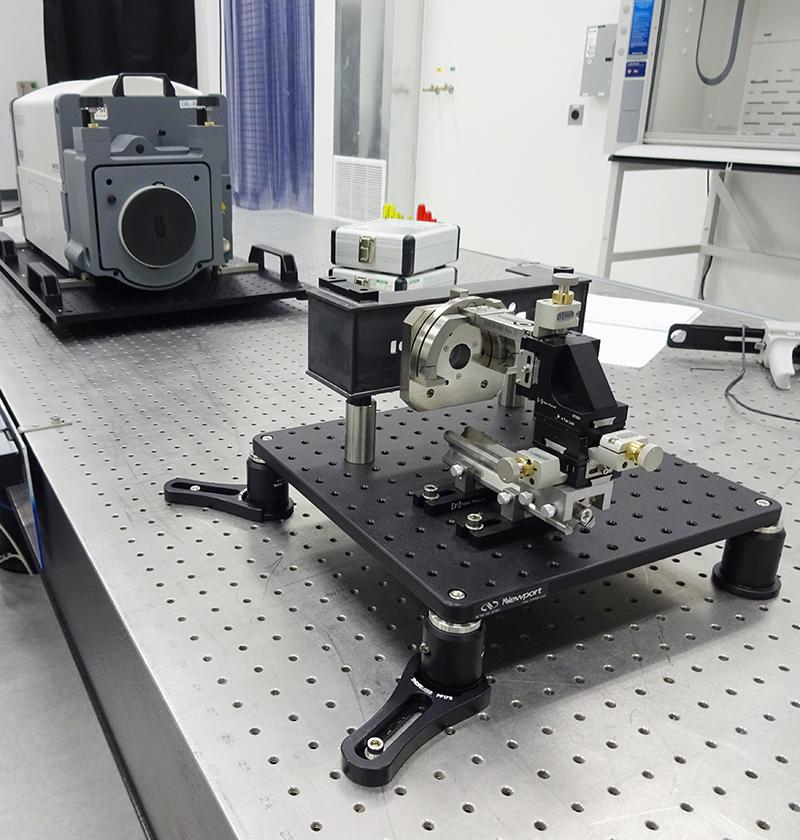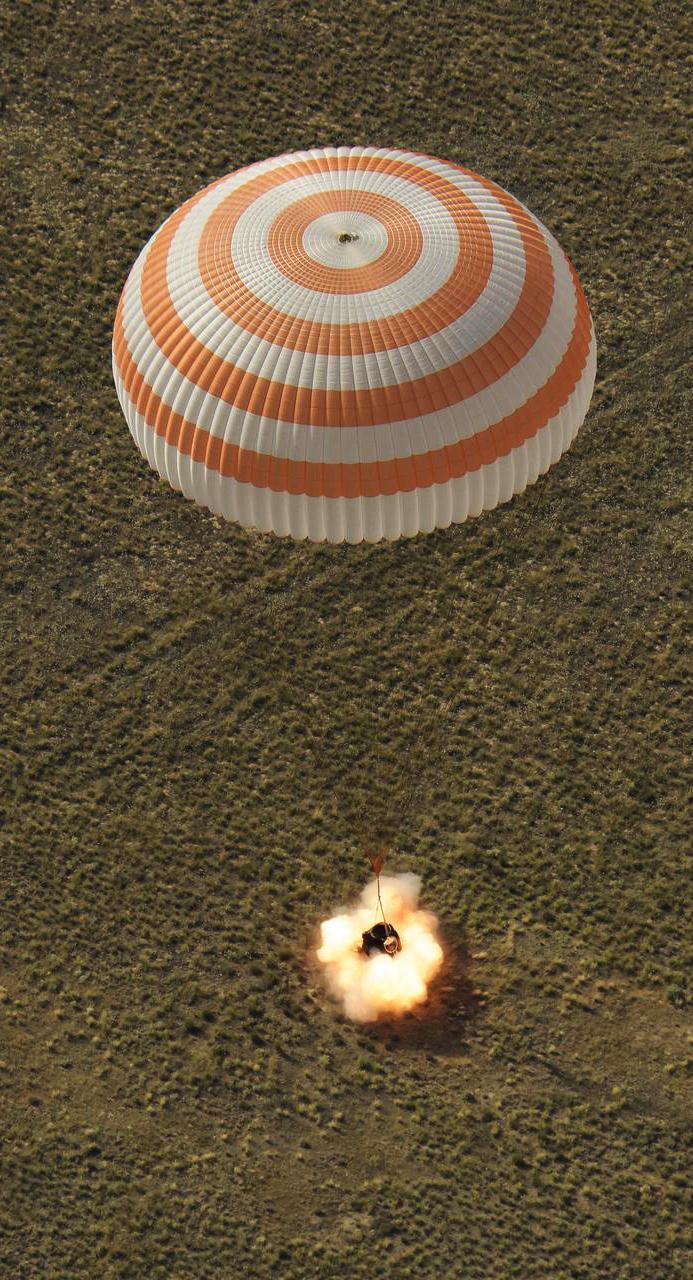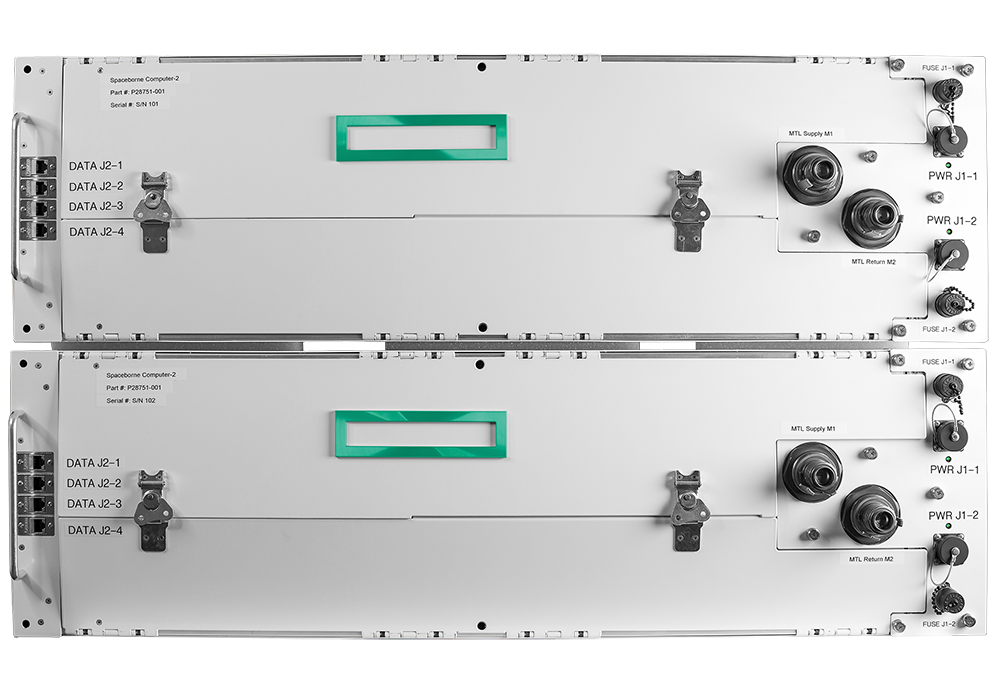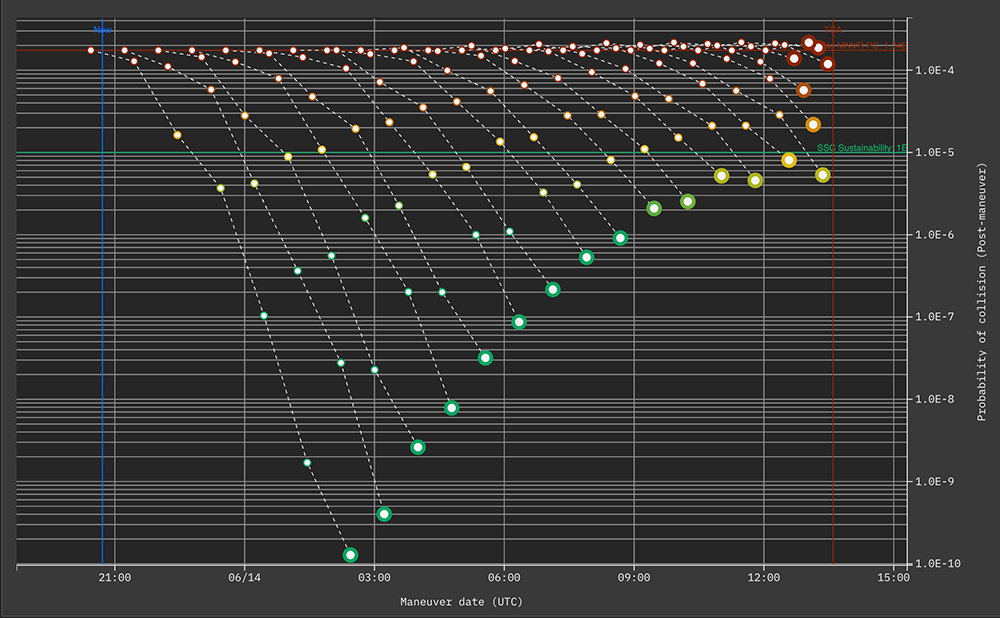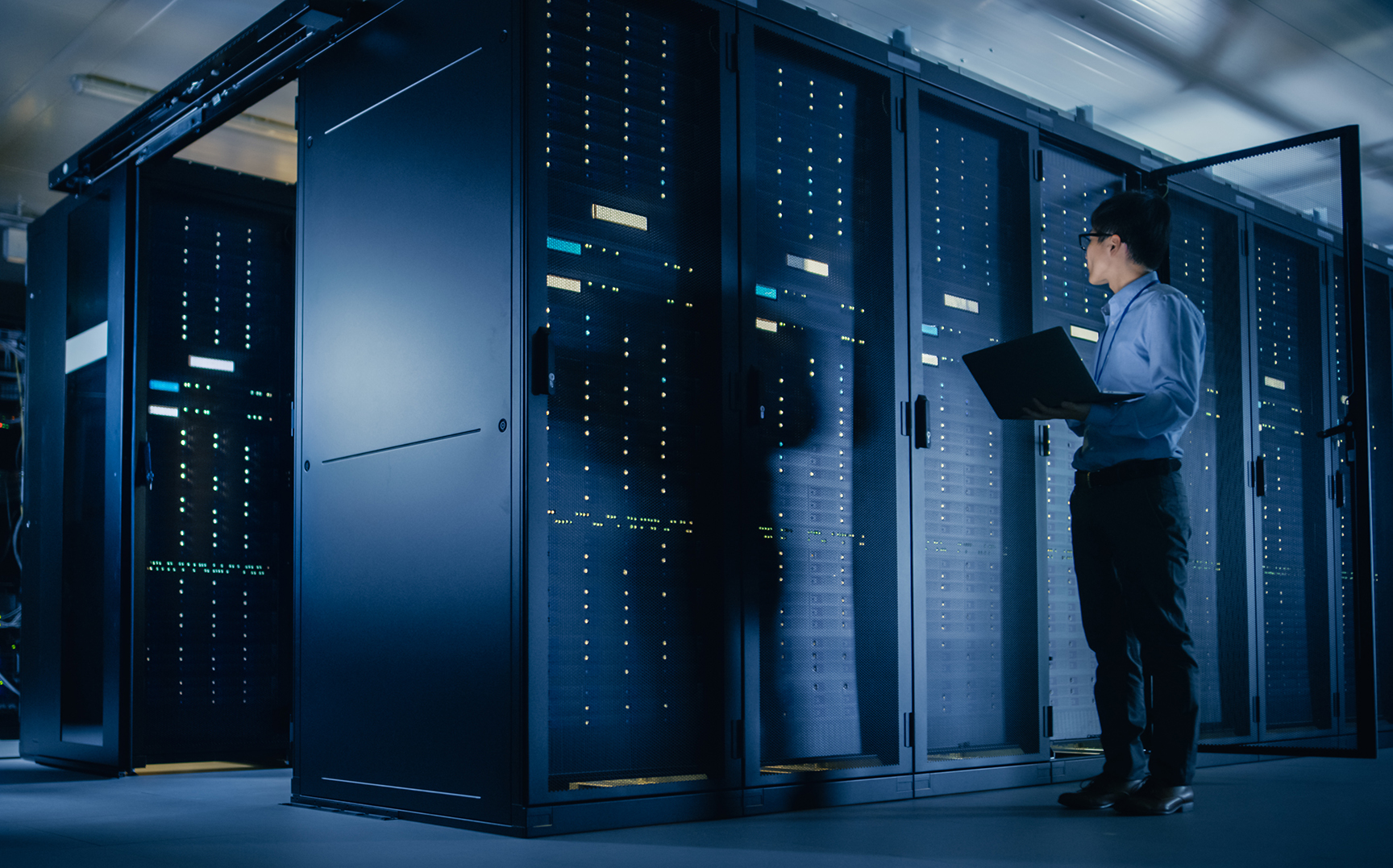
Intelligent Machines Remove Humans from the Loop
Subheadline
Autonomous artificial intelligence lets machines communicate without human intervention
Artificial intelligence might be the hottest topic in tech circles today, as intelligent software proves itself capable of a growing number of tasks — often with better speed and accuracy than humans, though sometimes not. The technology almost always requires a “human in the loop,” someone to train the software and ensure its accuracy. But long before the arrival of AI models that caused a sensation by writing coherent paragraphs and creating stylish images, a different kind of AI was born with the help of NASA’s Ames Research Center in California’s Silicon Valley — one that only exists between machines, running autonomously without any human intervention.
Today, that technology is poised to automate recordkeeping for international shipping and trade, one of the world’s largest industries, as it finally goes digital. Back in 2006, it was just an idea in Geoffrey Barnard’s head as he founded Machine-to-Machine Intelligence Corp. (M2Mi) at Ames’ NASA Research Park.
Barnard’s relationship with the space agency had begun a couple of years earlier, when Steve Gonzalez invited him to speak at a conference on “grid computing” — what would today be considered a subset of cloud computing. Gonzalez, chief of the Operations and Strategic Development branch at NASA’s Johnson Space Center in Houston at the time, was looking at technology that would allow astronauts to bring some mission control capabilities with them to distant locations like the Moon and Mars. Barnard was then senior director of emerging and advanced technologies at Oracle Corporation.
Gonzalez also introduced Barnard to Bruce Pittman, who worked as a contractor in the newly formed Space Portal Office at Ames, a team promoting commercial space activity through public-private partnerships. At the time, Barnard envisioned an automated, satellite-based communication network, an idea that interested Pittman enough that he suggested M2Mi lease office space in the center’s research park. Ames then established a Space Act Agreement with the fledgling company, aimed at developing an artificial intelligence that would automate communications, privacy, security, and resiliency between satellites and Earthbound computers, with no human input required.
Rooting Out Problems, Managing Risk
Central to the technology was automating a problem-solving approach known as root cause analysis, which NASA has honed over the decades. It’s a methodology that doesn’t only seek to identify and correct the immediate cause of a problem but also tries to discover all the factors that contributed to the direct cause. A common application for root cause analysis at the space agency is accident investigation, and many of the root causes are often organizational. In M2Mi’s application, it would allow a communications network to identify its own issues and fix itself. “The biggest things we got from NASA are risk management and root cause analysis,” said Barnard, who is now CEO and chief technology officer of Tiburon, California-based M2Mi.
“The thing that NASA is, in my opinion, the best at in the world is their attitude and approach to risk management,” he said. “The level of engineering around risk management underpinned by root cause analysis is without parallel. So I learned a lot about that process and automating it so we could have autonomous equipment.” He wanted the system to be able to quickly handle its own decisions.
The work caught the attention of Ames’ director of nanotechnology, who was interested in developing a communications network based on small, low-powered satellites. “Obviously, if you could do that, it would be a really cool thing to do,” said Pittman, noting that such a system could provide internet access to people in remote locations on Earth and enhance NASA’s capabilities in distant locations like the Moon and Mars. “If you could have that kind of connectivity with low power and a minimum of infrastructure, then a lot of the things NASA wanted to do in the future would get a lot easier.”
Pittman helped establish a Cooperative Research and Development Agreement (CRADA) between Ames and M2Mi — one of the few such agreements in NASA’s history — that would develop the necessary technology. He credited the center’s new director at the time, Pete Worden, with having the foresight to understand that small satellites could have a large role in the future. “Everybody else was kind of, ‘go big or go home,’ and Pete was saying, no, these small satellites were the way forward,” said Pittman.
In the end, though, the technology to allow small, low-powered devices on Earth to communicate with small, low-powered satellites in orbit simply didn’t exist at the time, said Pittman. The CRADA was cancelled, although Barnard noted that the blueprints and business plan he laid out with NASA under the agreement bear an obvious resemblance to the satellite-based communication networks being rolled out today.
Nonetheless, Barnard said both the Space Act Agreement and the CRADA laid the foundation for his company, which now employs the same technology in a ground-based network. In addition to the Ames nanotechnology team, he worked with the center’s Columbia Supercomputer team, cybersecurity team, and Intelligent Systems Division, learning about cloud computing, end-to-end privacy and security, and the automation of communications, in addition
to root cause analysis and risk management.
From the Space Agency to the High Seas
Following the CRADA’s cancellation, Barnard set about establishing and commercializing his M2M Intelligence software, a modular platform enabling secure, resilient, automated communications between machines, including servers, cellular devices, and the “internet of things.” The technology includes modules for managing connectivity, devices, analytics, and other aspects of communication. It uses AI to automatically provision network bandwidth for devices, to connect and restore those networks when issues arise, and to allow all different devices to understand each other.
Barnard said the necessary level of security and risk management and the speed and complexity of a communications system running across hundreds of networks, connecting thousands of devices — many of which may not have been built to communicate with each other — is more than human operators could feasibly handle. The system required autonomy, which “is faster and more efficient in pretty much every way, and it eliminates human error,” he said. “Other factors are the physical locations of infrastructure around the world and the time it takes to resolve issues.”
Oracle became the first major customer, with M2M Intelligence in its data center configuring the company’s global IT network. M2Mi worked with Vodafone to build out a worldwide, ground-based 5G network across more than 500 smaller telecommunication networks in more than 190 countries. IBM, Ericsson, Intel, and Siemens all became customers.
Now Barnard has his eyes on a new market: international trade is finally beginning to digitize its documentation and transactions, opening the way for automation. “The big use case for automated intelligence and 5G today is global supply chain digitization and modernization,” he said. Paper-based trade documentation has incurred massive costs of both time and money, as cargo travels between ports that use different currencies and languages, in different jurisdictions and time zones. Barnard said he expects digitization to dramatically reduce shipping times and bring down costs by up to 80%, creating a powerful incentive to buy into any enabling technology.
“My intent is to use our M2M Intelligence as a key component of electronic trade, because it’s proven. The risk is driven out of it,” he said, noting that the companies M2M Wireless and TriGlobal have begun using the platform for transportation logistics. “It is happening already.”
Supply chain logistics may not be an obvious application for technology stemming from NASA, but Barnard said it was the space agency that enabled his company from the start. “I think if NASA wasn’t involved in any of this, we would not have this knowledge and capability, because NASA had the supercomputer, NASA had the end-to-end networks, NASA had all the cyber networks, and NASA had all the autonomous operations I knew very little about,” he said. “It was really the risk management and root cause analysis that we codified in automated M2M Intelligence.”
Barnard noted that the generative artificial intelligence that has surged in popularity in the last year, which is based on language, can produce false information, or "hallucinations," which require human correction. M2Mi's artificial intelligence, on the other hand, is based on geometry and removes errors without intervention.
"NASA and M2Mi were ahead by 15 years," he said. "Our work is now emerging as the next generation of AI."

As international trade begins to digitize documentation and transactions, M2Mi hopes to provide the platform for that modernization, which is expected to dramatically reduce the time and cost of international shipping. Two companies are already using the platform for transportation logistics. Credit: Getty Images
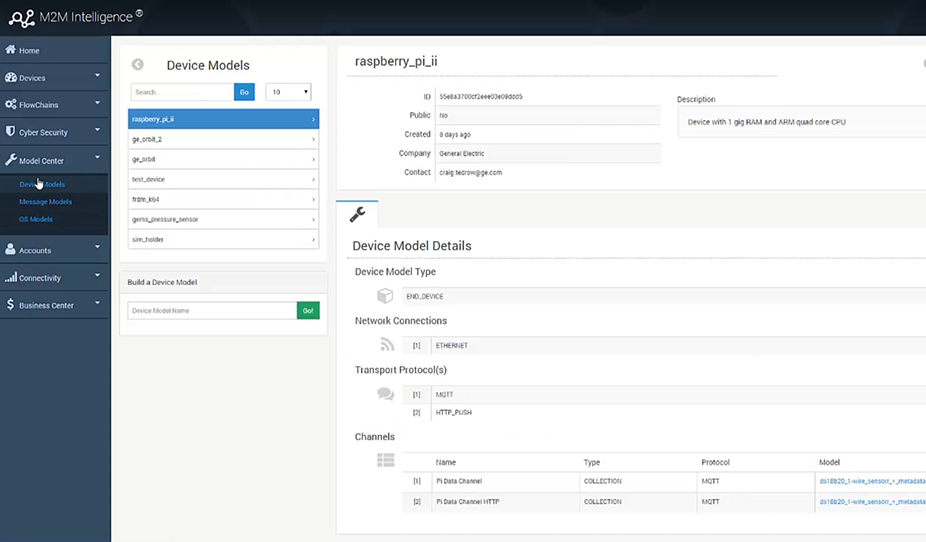
Here, the M2M Intelligence user interface shows the configuration for a Raspberry Pi device, a tiny, inexpensive computer popular with educators and hobbyists. Credit: Machine-to-Machine Intelligence Corp.

Multinational corporations are using the M2M Intelligence platform in data centers and other settings. The system offers automated, secure communications on a ground-based global 5G network. Credit: Getty Images

